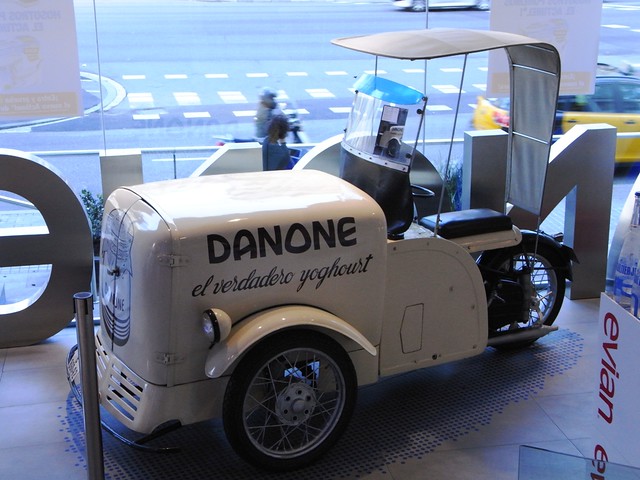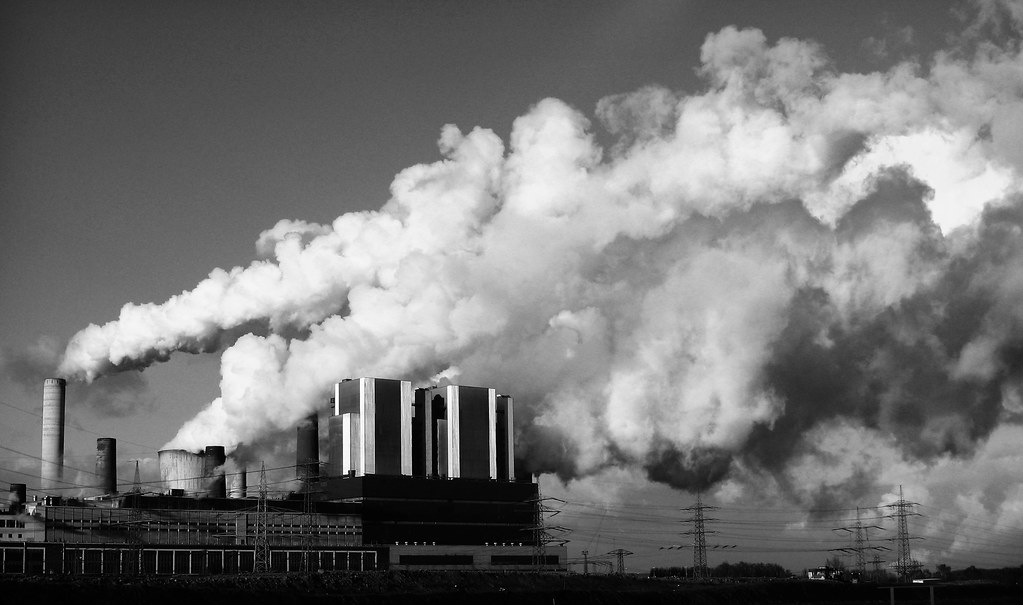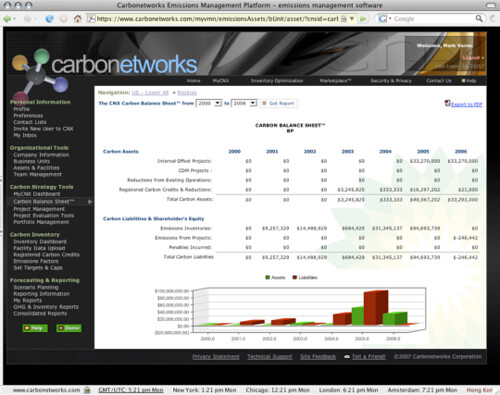
Most of the news these days is around energy efficiency wins, so it makes a welcome change to hear a pure carbon reduction story from Danone.
In 2008 Danone set very aggressive carbon reduction goals for itself. It decided to reduce its carbon emissions 30% by end of year 2012. This was a deliberately ambitious aim because it meant galvanising everyone in the company to become involved, if the aim were to be met. On a call with Danone CIO Jean-Marc Lagoutte last week I learned that Danone have already passed their 30% target – an impressive achievement.
How did they do it? They used a combination of information and incentives. On the incentives front, 30% of every plant manager’s bonus was made dependent on carbon reductions. While on the information front, Danone rolled out a carbon calculation and management system which made the full lifecycle carbon emissions of every aspect of every one of Danone’s 35,000 products readily available.
Danone teamed up with SAP to co-innovate on this project. SAP was an easy choice according to Lagoutte because Danone was already an SAP house, so the majority of the data their carbon system would need was already in their SAP system. It has now been rolled out to the majority of Danone’s affiliates and should be in all of them by 2013. Danone is hoping that this will become a standard offering from SAP so that it will be covered under SAP’s standard maintenance contract. SAP in turn have said that they do plan to offer the solution to new customers.
Next steps for Danone, said Lagoutte, include calculating the water footprint of its products, the effect on biodiversity and when labeling standards have been reached, making that information available to consumers.
Internally in Danone, a carbon master has been appointed for every country business unit. The carbon master is in charge of carbon reductions for that business unit. Making one person per unit responsible and arming them with the information the need to affect that change was obviously critical to the success of this program (that and the incentivising of the plant managers to ensure buy-in).
I asked Jean-Marc if it were just the carbon footprints’ of their products ingredients which were considered but he said that no, it was everything in the lifecycle, including their suppliers’ carbon footprints and the packaging. In fact, several of the carbon reduction wins that Danone achieved came from reductions in packaging. Four packs of Danone yoghurt sold in France had a cardboard surround. This has been done away with, for example, with a consequent carbon footprint reduction.
Other changes were to substitute the PET used in plastic bottles with a mix of recycled plastic and bio-plastic (from cane sugar). This change reduced the carbon footprint of Actimel bottles by 70%.
As well as reducing Danone’s carbon footprint, this project is also saving Danone significant costs on several fronts. PET was one of the most expensive ingredients which Danone used. Substituting bio-plastic, not only reduces Danone’s carbon footprint, but saves them money as bio-plastic is cheaper. Other packaging reductions also lead to easy cost and carbon reductions.
Also, this project led to Danone’s needing to revisit all their processes, many of which hadn’t been examined in quite some time. This re-assessment identified inefficiencies and led to many reductions and simplifications of processes.
And because all purchasing contracts had to be re-negotiated with a carbon dimension, all of Danone’s suppliers had to sell themselves once more to Danone. This led to big improvements in the supply contracts.
Finally, the carbon reduction program generated a lot of internal pride in Danone around the company’s goals and achievements. This has led, according to Lagoutte, to significant recruitment and retention benefits for Danone.
A win for the planet, a win for SAP and several nice wins for Danone!
Photo Credits Tom Raftery and sashafatcat
Follow @TomRaftery



